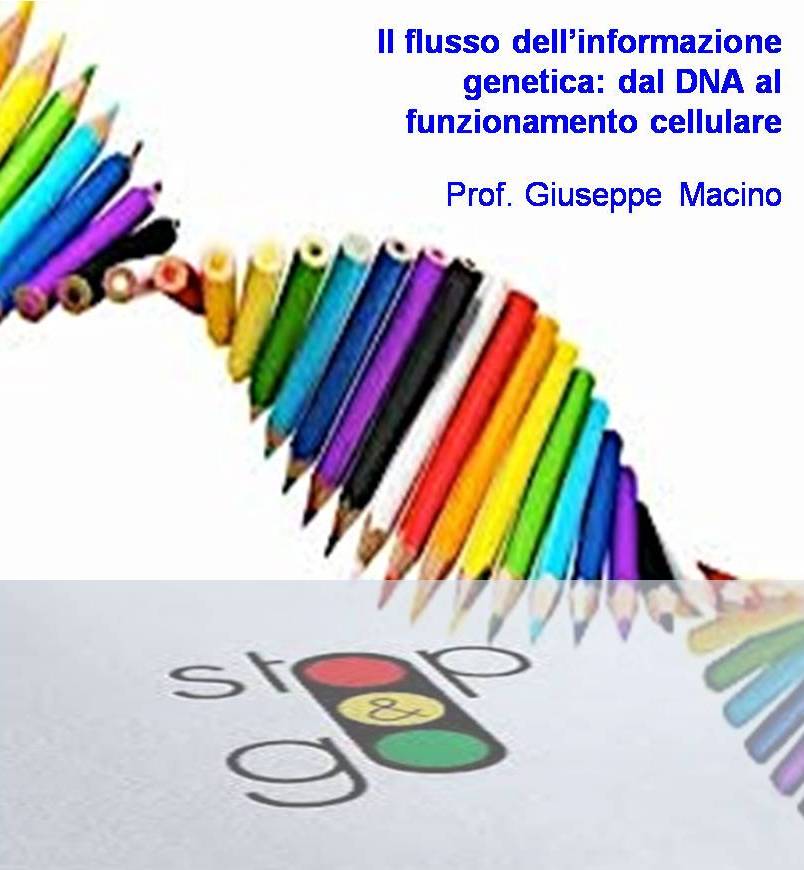
A training course for primary and secondary school teachers promoted by the National Association of the Life Sciences Teachers (ANISN) and the Italian National Academy of Sciences called Academy of the XL.The course is held by Academy member Giuseppe Macino, professor of Cell Biology at Sapienza University of Rome. The course is open to teachers from the Abruzzo, Campania and Umbria Regions. Lectures from 3.30 pm to 5.30 pm on: October 17th, 24th, 31st, 2013 and on November 7th, 21st, 2013 at the Academy Library (Scuderie Vecchie di Villa Torlonia, entrance from Via L. Spallanzani,1/A).
All or nearly all cells of the same organism have the same DNA, but are differentiated in numerous cell types that vary greatly in terms of shape and function. How can the same genes give rise to so many differences?
There are two types of heredity: a ‘hard’ one, determined by the DNA nucleotide sequences and a ‘soft’ one due to modifications that vary gene expression without modifying the DNA sequence. In turn, these modifications determine the cell memory which keep the specialized functions of each cell over time.
Epigenetics studies this unstable heredity which is the answer to intrinsic and environmental stimuli and renders organisms rapidly adaptable to physiological and environmental changes.


